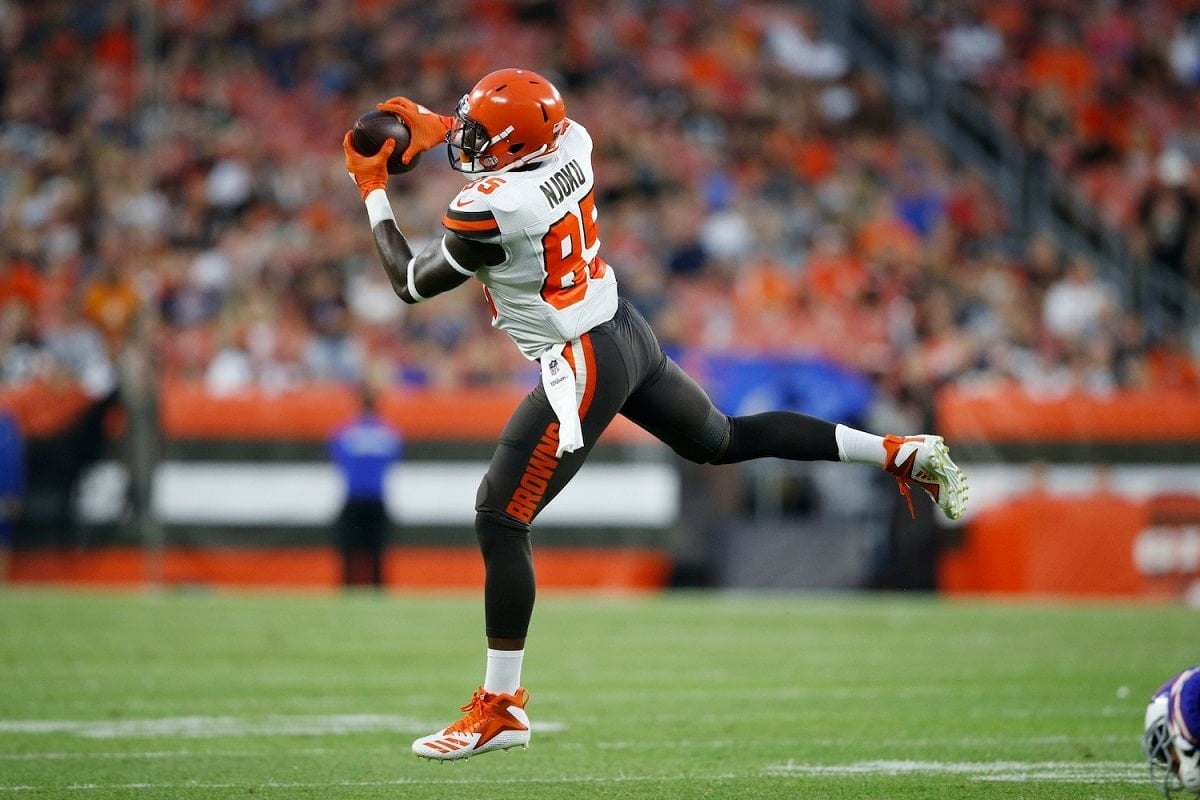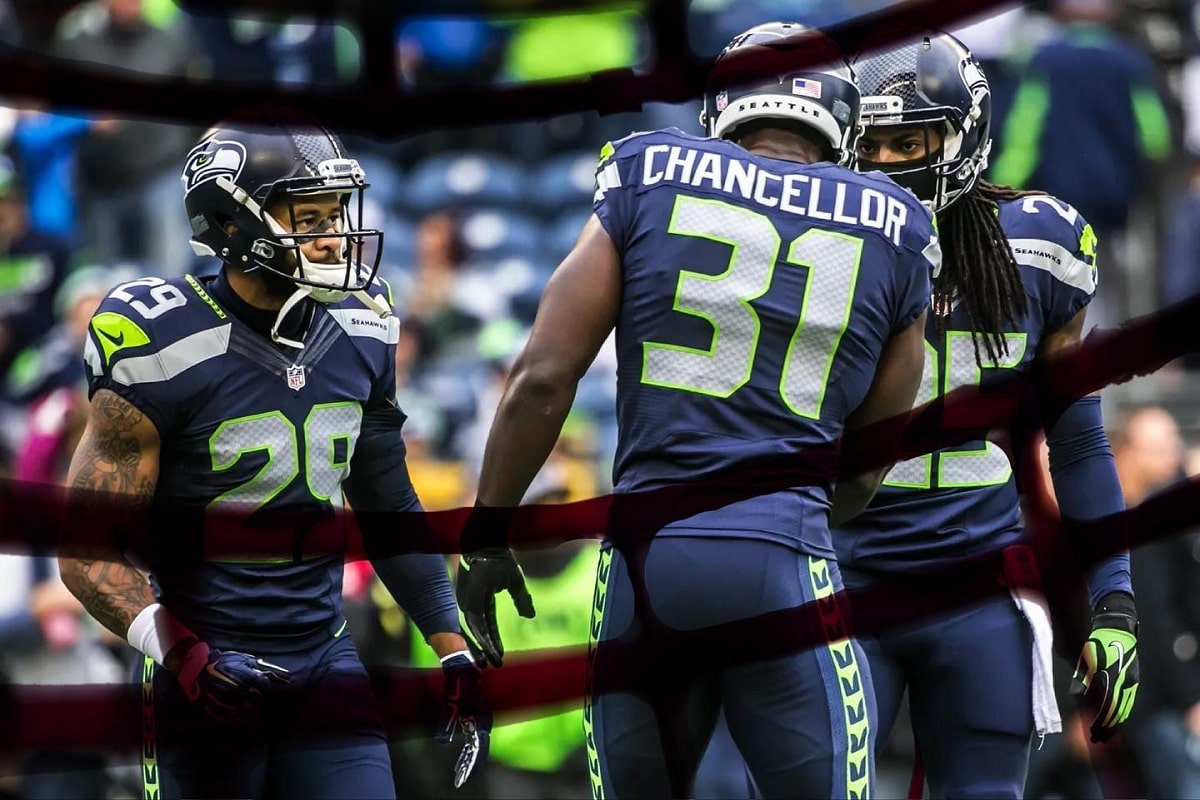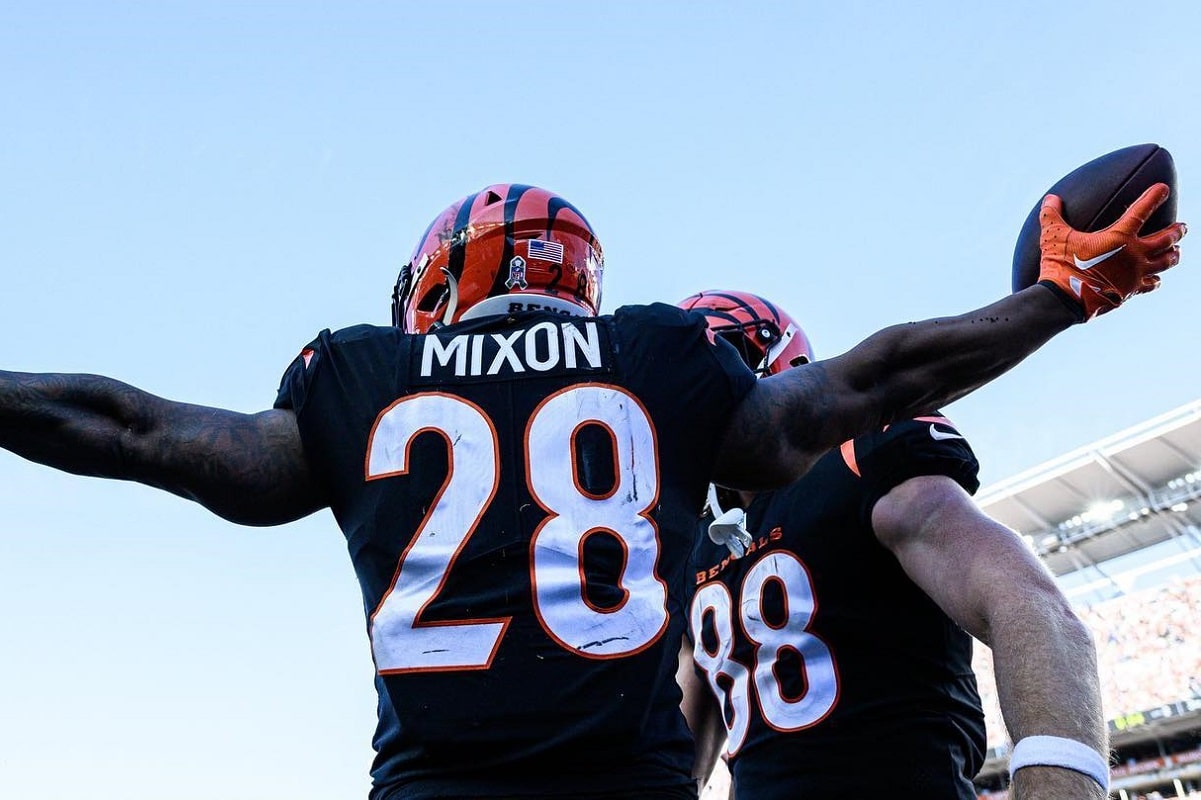1
HOME > Sports >
SLEEPER, BREAKOUT, VALUE, BUST: WHAT THEY MEAN IN FANTASY FOOTBALL
Written by Menswear Style in Sports on the 13th January 2023

When you’re playing fantasy football, there’s a reason you should prepare for the draft. Resources to prepare for your draft include listening to podcasts, reading articles, and getting a draft kit. The more you learn, the more you can start to make predictions that can help you win your season. You also need to understand certain terminology regarding types of players and the implications they can have for your season. Four terms you hear a lot in fantasy are sleeper, breakout, value, and bust, and here we break down what those terms mean and their implications.
Sleeper Picks
In fantasy football, a sleeper pick is a player that’s anticipated to be drafted in a later round but is going to perform better than expected based on predictions. A sleeper pick in fantasy football is expected to generate more points in fantasy than the other players who were selected around the same time in the draft. When you’re in a fantasy football league, you want to try to spot sleeper picks so you’re able to get the most talented players to fill your team, and then you’ll get the best results as the draft continues. To recognize sleepers, you have to primarily know the average draft position of a player. Sleepers could have a lower ADP for different reasons, like an injury from the past season. You also need to think about touches and open spots, the player’s upside, and starting opportunities. Think about what happens if a team loses one of its starting players—there’s then a roster position that needs to be filled. To recognize sleepers, you want to try and make a prediction of what player could be the one to stop into the position and then have a strong season. If a team loses one of its best players, then there are more chances for other players to touch the ball, earning more points in fantasy. When you’re trying to predict a sleeper, it’s important to identify starting opportunities. If you have your eye on a player, but they don’t have a chance to start, then the likelihood they’re going to earn fantasy points go down. As you’re assessing player upside, you want to think about why a player is being undervalued and their value compared to other players who are in similar positions in the draft. You also want to look at the potential of the player to score points and perform compared to those players who remain in the draft.

Breakout Players
A breakout player is one who does well and exceeds expectations. A breakout in fantasy is a player who you acquire at a low price and who ends up producing a lot of points for your team. Breakout players are unique because they’ve been in the league for years. They’re well-known, which is a key differentiator between a sleeper and a breakout. The breakout starts exceeding expectations, whereas a sleeper is typically new to the league and not familiar with the world of fantasy yet outperforms expectations. Both a sleeper and a breakout can be undervalued players.
Value
When you’re drafting, if you’re taking into account the player’s value more so than any other statistic, then you’re following a strategy of value-based drafting. In value-based drafting, you have to compare opponents, and you can’t just choose the best player who’s on the board. You want to choose players who will score higher than the players of your opponents in certain positions. Therefore you’re choosing the most valuable player within the context of their team. This means that as a fantasy football player, you’re getting your advantage by targeting the weakness of your competition. In value-based drafting, there are three criteria you can use. These are Value Over Replacement Player, Value Over Last Starter, and Value Over Next available. These help you make a determination of the value of each pick you’re making in the draft. In general, value is a key metric in fantasy football because you want the most value from every player. Value is a way to figure out how correct you were with your picks, but you also have to keep in mind that a value pick in the third round doesn’t inherently have value in the first round. If you’re going to use value-based drafting strategies, you need to understand the players who are available and their values, and that means you’re going to need to know what every player does and potentially what they can bring to a team.

Busts
A bust is also known as a boom-bust, so when you’re drafting, a boom-bust is a big risk and gamble because they have the potential to do well but also poorly. It’s a high-risk scenario to draft these kinds of players because just as easily as they can be a boom, they can be a bust. You might be able to spot a boom-bust player if you look at possible star players who have a weakness. Maybe you’re looking at a running back, and they could have a great year, but they also have a history where they get injured early in the season, and that impairs their performance in fantasy. If you draft one of these players and they do well, it’s especially good for you because the player is worth less. You could get great value for a player who makes your season. Of course, on the flip side of this, there’s also a chance for a bad outcome. If you have a star player who’s not producing, it can destroy your entire season.
Finally, if you hear the term bust used alone, this means someone who didn’t meet expectations and underperformed, so a bust is the exact opposite of a sleeper pick. A player can end up being a bust in fantasy because of inconsistency, past injuries, recent injuries, or because of limited playing time. A player being inexperienced or having limited past success can also contribute to them being a bust.
Trending
2
3
4
5
6
7
8
9
10









